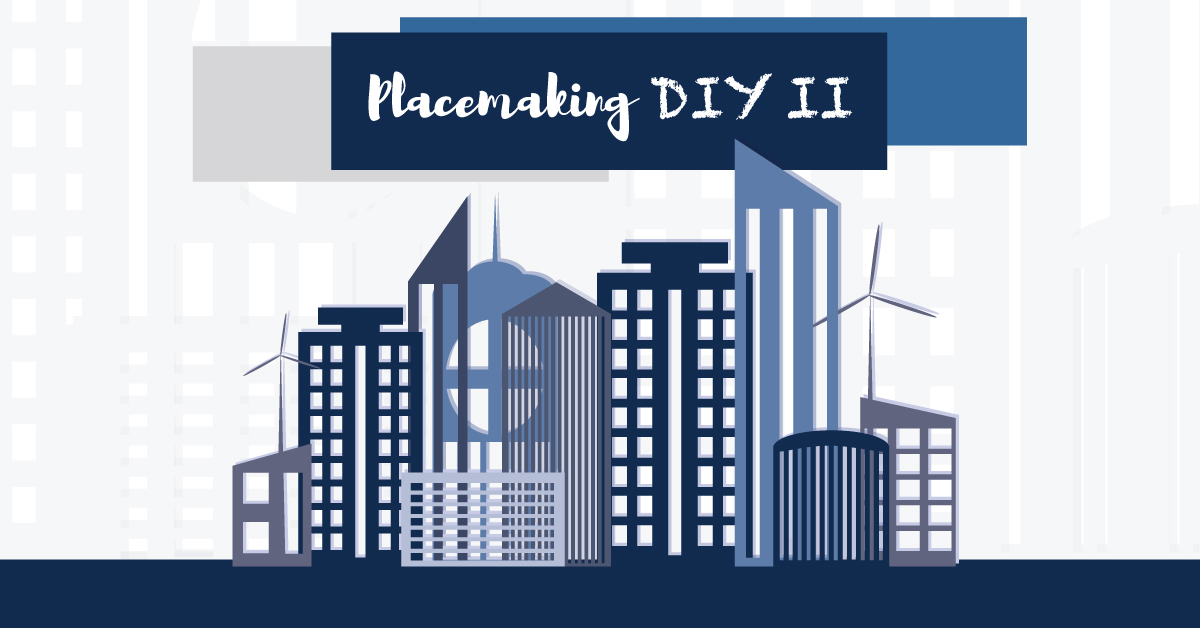
Welcome to the second installment of my blog series on Placemaking DIY. This week I focus on the DIYs that work equally well to benefit residents and visitors alike and present the place in a way that inspires love and economic growth.
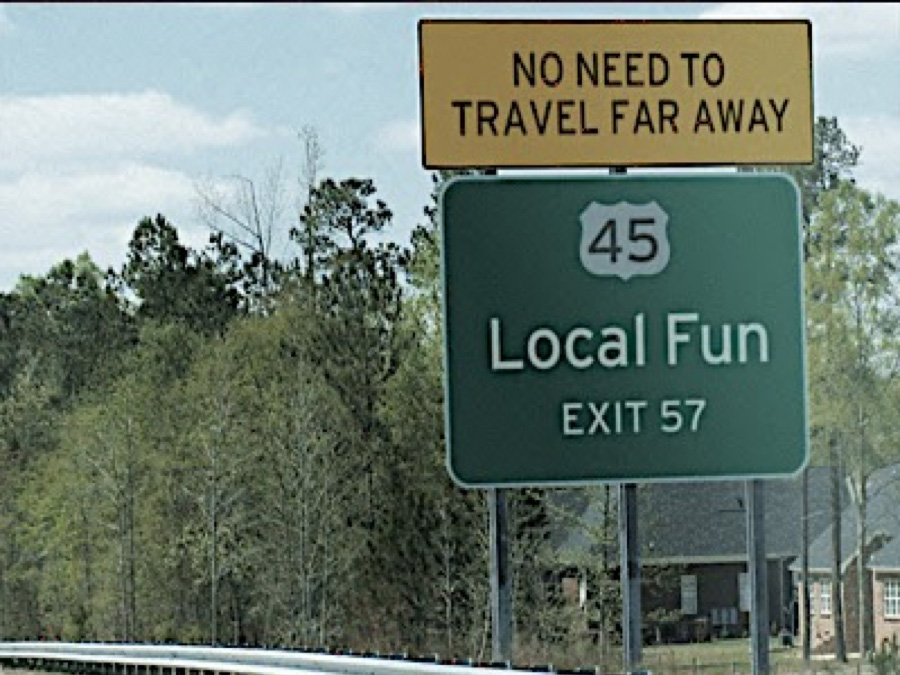
Walk the Walk
Walking Tours of the place are popular with both residents and visitors. Jane’s Walk is an example of one such Walking Tour program that has grown in international popularity. In honor of Jane Jacobs, a pioneer in urbanism, these resident-led walks happen every year the first week of May. It’s a plug and play program – residents volunteer to lead a walk through an area of a their place, highlighting one particular theme. New residents, long-time residents, and even children have led walks to talk about some aspect of their place they want to share and discuss with fellow residents (and leaders).
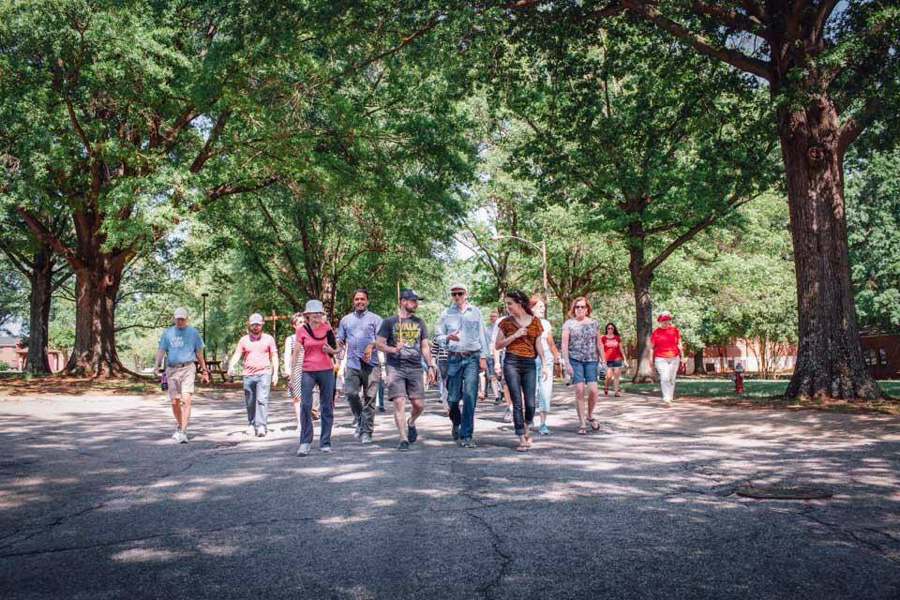
What I love about this kind of program is that it is very easy to implement, practically free to produce, and yet can make a real impact in people getting insight into their place. It also combines all the main community features most powerful in deepening attachment: a social opportunity, often in an aesthetically pleasing setting, where anyone and everyone is encouraged to come along. When I brought Jane’s Walk to Raleigh, I was amazed at how much engagement we had from the community and the hunger people had to do this kind more often—some suggested weekly versus annually.
Show Us The Money
Similarly, Macon Money was a program designed to bring people together in an innovative way to learn something new without feeling like they are being “taught.” The idea was simple. In Macon, Georgia, special monetary denominations were created with specific locally-significant symbols printed down the middle. Then the “money” is cut in half and distributed to different areas of the place. Then the goal of the game is to find your other half, matching the symbols. Once you find your match, you meet someone perhaps you didn’t know in the community and then spend the Macon Money in a local business.
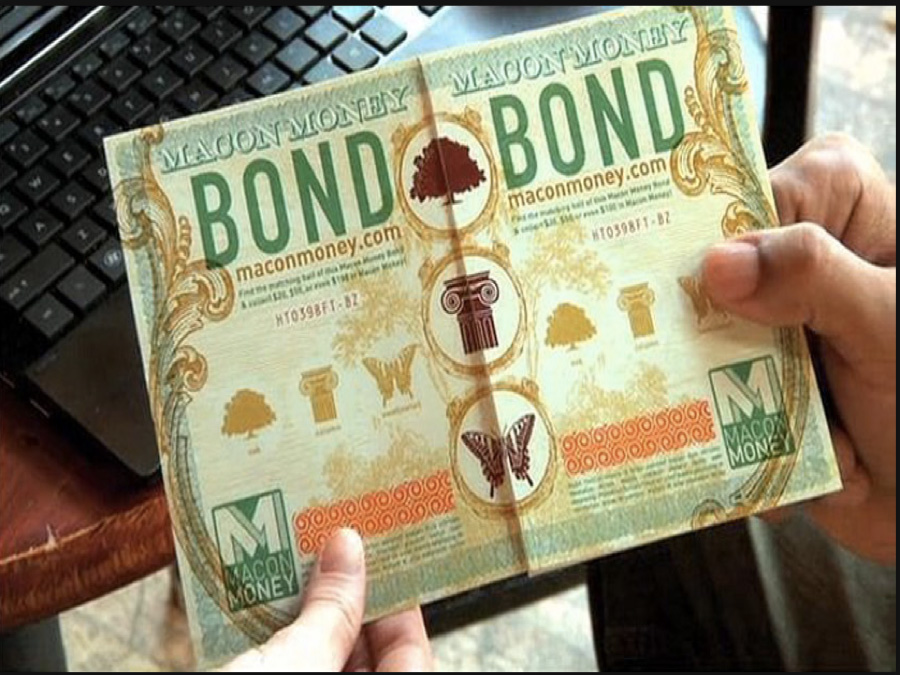
This program was so popular in Macon and so brilliant in its simple, yet affective approach that it won an international gaming award. Although we all know that more than the game was going on in Macon through this program.
Immerse Yourself: People First Tourism
Another great idea growing in popularity takes advantage of the new trend in tourism towards place-immersion experiences. People First Tourism provides truly local authentic experience to visitor (and residents!).
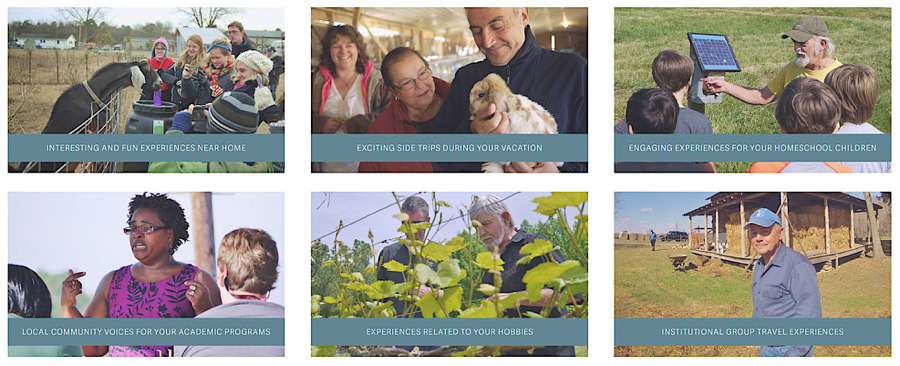
Although this program started recently in my area in Raleigh, NC, it has already become an international program. The appeal is easy to see: one of the best ways to get to know a place is to get to know its people and what matters to them so that common ground can be established with place as the facilitator for the experience. It is a win-win for place and people.
Sharing stories with others has been the go-to way to relay our history and narrative since we were scratching it out on cave walls. It persists because it’s powerful and effective in sharing understanding, and the journey so far to keep us focused on what’s ahead. Every place’s people fears a loss of their narrative at one point or another. In fact, often when places get mired in discussions of pro/anti-development, it is the really the push-pull of progress at the loss of place which is the true issue beneath the disagreement.
HearSay or HereSay?
Storytelling and oral histories help keep the narrative and identify of places alive for residents and tourists. There are many programs that see to it – from oral histories kept in local libraries, from designated community storytelling days, to programs that combine technology and “old school” to convey the story. HereSay out of Newfoundland is one of my favorites. Along the streets of St. John’s and Torbay are pink signs that encourage people to “hear about here” with a phone number and a code. When the number is called and code is entered, the caller hears a recorded story told in a local’s voice about something significant that took place at the very place the listener is standing.
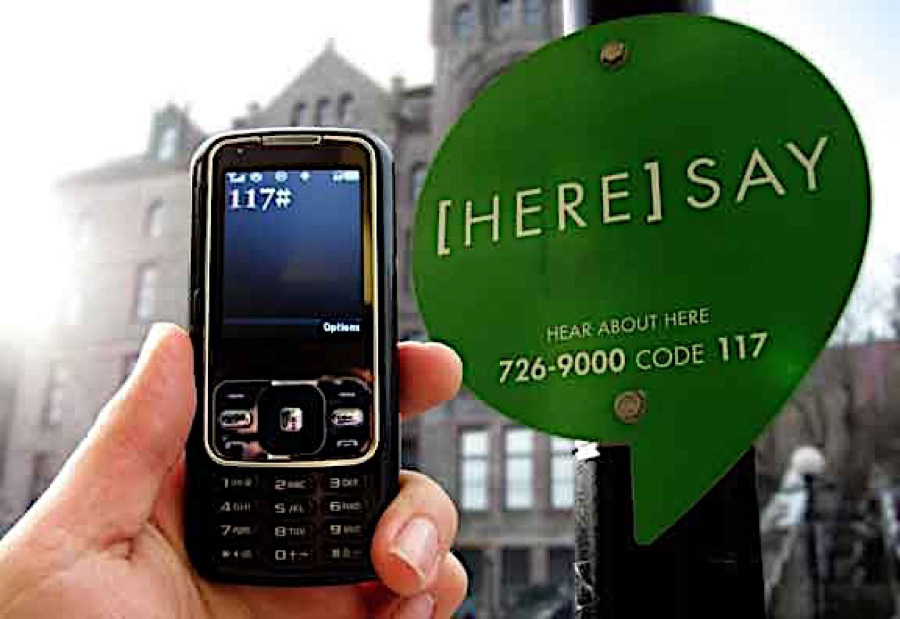
The stories are powerful, poignant, humorous, or heartbreaking – sometimes all in one. And to hear them being told by the people it happened to—in this case in the beautiful Newfoundlander accent versus a polished voiceover—make them even more so. Also, if you aren’t going to make it to Newfoundland anytime soon, you can go on their website and listen to all the stories there by clicking markers on the virtual maps posted. I love them all, but my favorite may be the “Suck His Nose” story.
Your Turn
I hope you find these ideas inspiring and show you how easy and accessible placemaking can be. New and powerful placemaking ideas are created every day! What’s yours?

Great read!